Domestic finfish caught in local waters outweighs the taste and ethics of Norwegian cassava salmon. However, most of the fish sold in Finland is imported.
In many homes, fish is part of the Christmas table. Salmon is eaten in many different forms, as is whitefish. For some, herring is the thing.
When Yle’s MOT published a story about Norwegian salmon farming in early November, it sparked a lively debate, even shock, at least on social media. How to reconcile ethics and Christmas traditions?
Most of the fish eaten in Finland is imported. Besides Norwegian salmon, another important import is rainbow trout, of which about half is still Swedish.
On the other hand, Finnish rainbow trout is a good choice at the fish counter, as the environmental impact of its cultivation has been significantly reduced. In Finland, rainbow trout farming is governed by strict environmental legislation and a permit system.
Rainbow trout is also the most important fish species grown in Finland, and it is one of Finns’ favorite fish for cooking.
First of all, the rainbow trout comes from North America and does not breed in our waters. Rainbow trout, rainbow trout, brown trout and sea trout have also been used for rainbow trout.
Pike is a fish
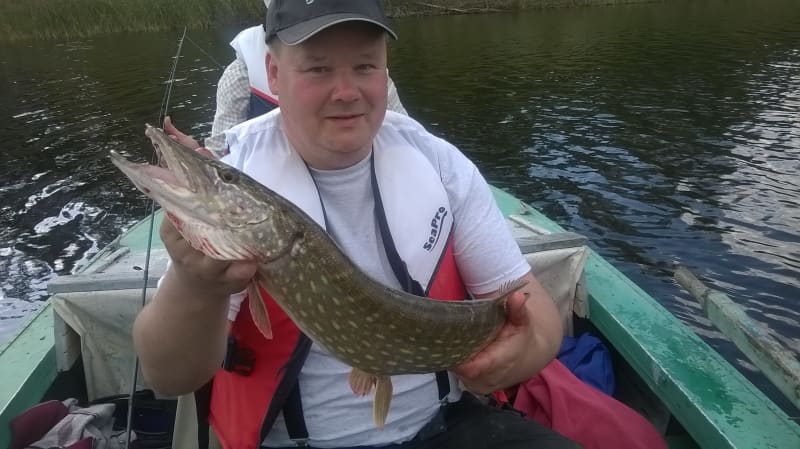
The presidential couple of the Republic is remembered at Christmas with a pike, but at least it is not seen on an awful lot of Christmas tables. Pike is a common fish in Finland, but in commercial fishing it is mainly a by-catch obtained with other fishing. Current commercial fishing is unlikely to endanger our pike populations, and pike could be more popular as a food fish than it is now.
Pike is the world’s most widespread inland water species. In Finland, it lives all over the country in lakes and rivers as well as on the sea coast. The sneaky predatory fish can grow up to one and a half meters and weigh 35 kilograms, but in Finland the largest individuals are around 20 kilograms.
Pike prey on other fish, even their own species. It plays an important role in the ecosystem, as pike keep roach populations in check, for example. The value of pike as a food fish has shown signs of recovery after a long-lasting recession.
As a close-up fish, pike is a delicacy and, fried to a crisp, takes the tongue away. It has indeed found its way onto gourmet food lists, even though about 95 percent of pike catches are still caught by recreational fishermen.
“I’m eating herring now!”
Herring consumption has collapsed in Finland.
Back at the turn of the millennium, Finns ate 1.2 kilos of herring per person per year, but nowadays only 300 grams. The amount corresponds to only a few portions of herring per year. It’s a shame, because herring and herring have been important sources of food for people in the north for many generations.
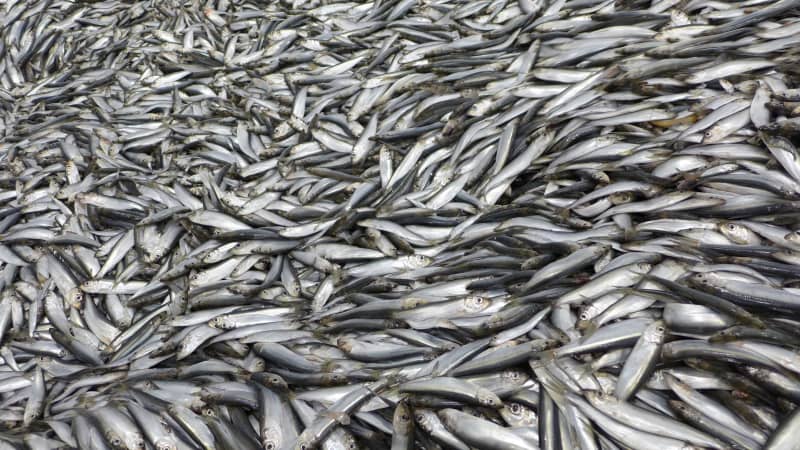
The decrease in the consumption of herring must have been influenced by the assumed and proven content of foreign substances in the fish. The consumption of large-sized herring caught in the Baltic Sea, especially in the Gulf of Bothnia and the Gulf of Finland, has had to be limited due to dioxins and PCB compounds that are harmful to health.
However, the concentrations of dioxins and PCB compounds in herring caught from the Gulf of Bothnia and the Gulf of Finland have decreased by less than half in the 21st century. Today, the average concentrations of both dioxins and PCB compounds are clearly lower than the maximum concentrations set by the EU.
According to the recommendations of the Food Agency, large herring, more than 17 centimeters long, can be eaten 1-2 times a month in portions of one hundred grams, i.e. about 1.8 kilograms per person annually. This means that, taking health recommendations into account, herring could be eaten more than five times more than the current level.
Finnish herring is mainly fished from the Selkä Sea, where fishing is at a sustainable level. Herring is the only true sea fish that is abundant throughout our sea area. In terms of catch, it is by far the most significant catch species in Finnish professional fishing.
By eating and buying herring, you are definitely and convincingly an ethical foodie. For example, herring sushi is a trendy and more responsible choice than traditional sushi delicacies.
Perch or roach?
Both are better – but preferably not in the same shell.
Perch is the most common fish in Finland, and the current fishing does not weaken the condition of the stocks.
Perch is an inland water species that also lives on the sea coast. Perch is found throughout Finland, except Lapland, the northernmost arm. Perch is said to stick to any gear, and that is why it has long been a popular food fish and a target for recreational fishing.
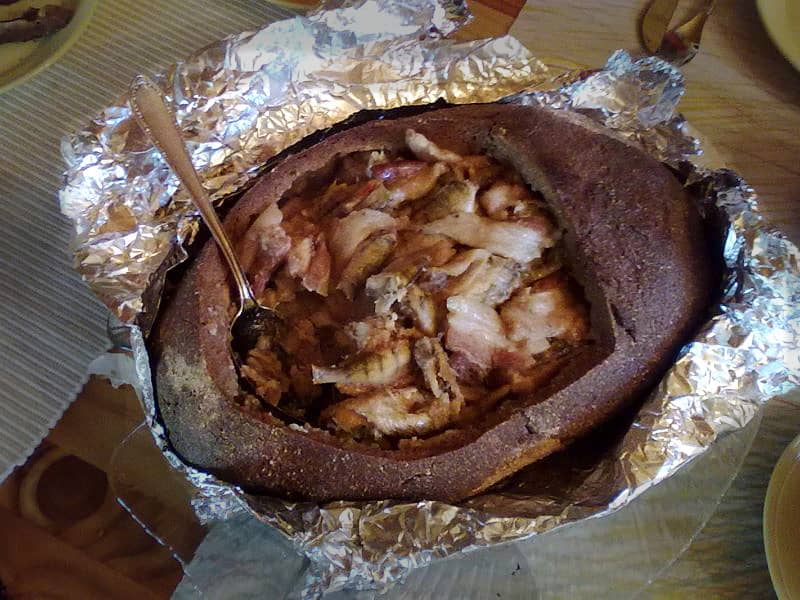
Some people think it’s reedy, but with the right handling it’s easy to prepare and it’s perfect for fish cock.
Another traditional roosterfish, muikku, is the most important catch species for professional fishermen in our inland waters. Muikku is a delicious valuable fish for us, whose roe is held in high esteem. In some countries, muikku can be in the box of so-called junk fish.
According to tradition, the Mukki who live in Kitkajärvi have been called \”the wise men of Kitka\” because they do not swim to Russia, even if they could do so.
The Finns have known how to make use of muikku in a mostly sustainable way. However, when trawling Muikku, there is a risk that endangered salmon will remain as by-catch.
A thinner treat: shell and skunk
Koore, or norsi, is a small-sized and modest-looking fish. It is a common fish species in Finnish waters, but still quite unknown to many Finns.
Most likely, the shell was originally a sea fish, but after the ice age it has survived in our inland waters as well.
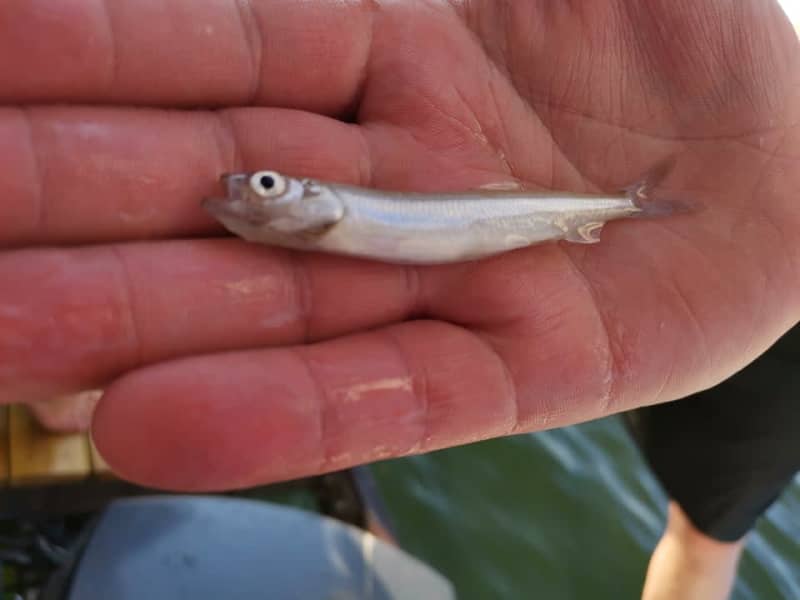
The shell is a vigorous and abundant species in Finland, which has been caught mostly as a by-catch in addition to other fishing.
In the olden days, the shell has had a much greater importance in the fishing industry. Soup, chicken and dried fish are made from the shell. In Russia, the crust is still a great delicacy. You shouldn’t let the peculiar smell of the shell get in the way, because its meat has an excellent taste.
The shell can be gutted by pinching off the head like a small mushroom. Peeling is not necessary, but the scent glands that spread the scent of the cucumber are removed with the head. The fish can then be rolled in rye flour seasoned with salt and fried in a pan.
Nahkiainen may also be a strange creature to many Finns.
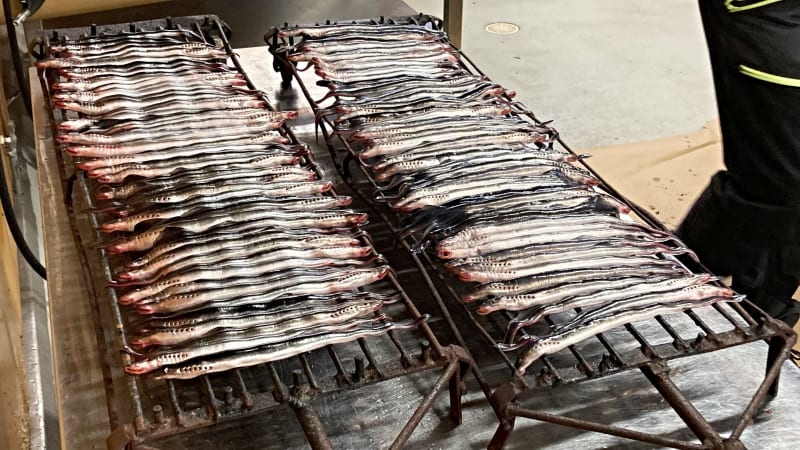
It is not even a fish, although it is often referred to as such, but a circular mouth. However, people on the West Coast are familiar with this worm-like and slippery animal. It is relatively common in Finland, although its populations have declined mainly due to river pollution and damming.
Leatherfish is found in the Baltic Sea and about 30 rivers flowing into it. Especially in Satakunta, Nahkiainen is a coveted delicacy for others.
*Does fish belong on your Christmas table? You can discuss the topic on 14.12. until 11 p.m.*
